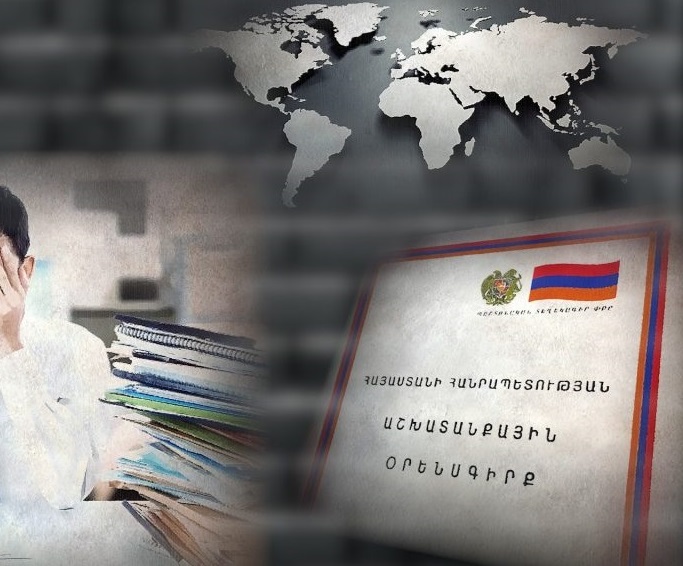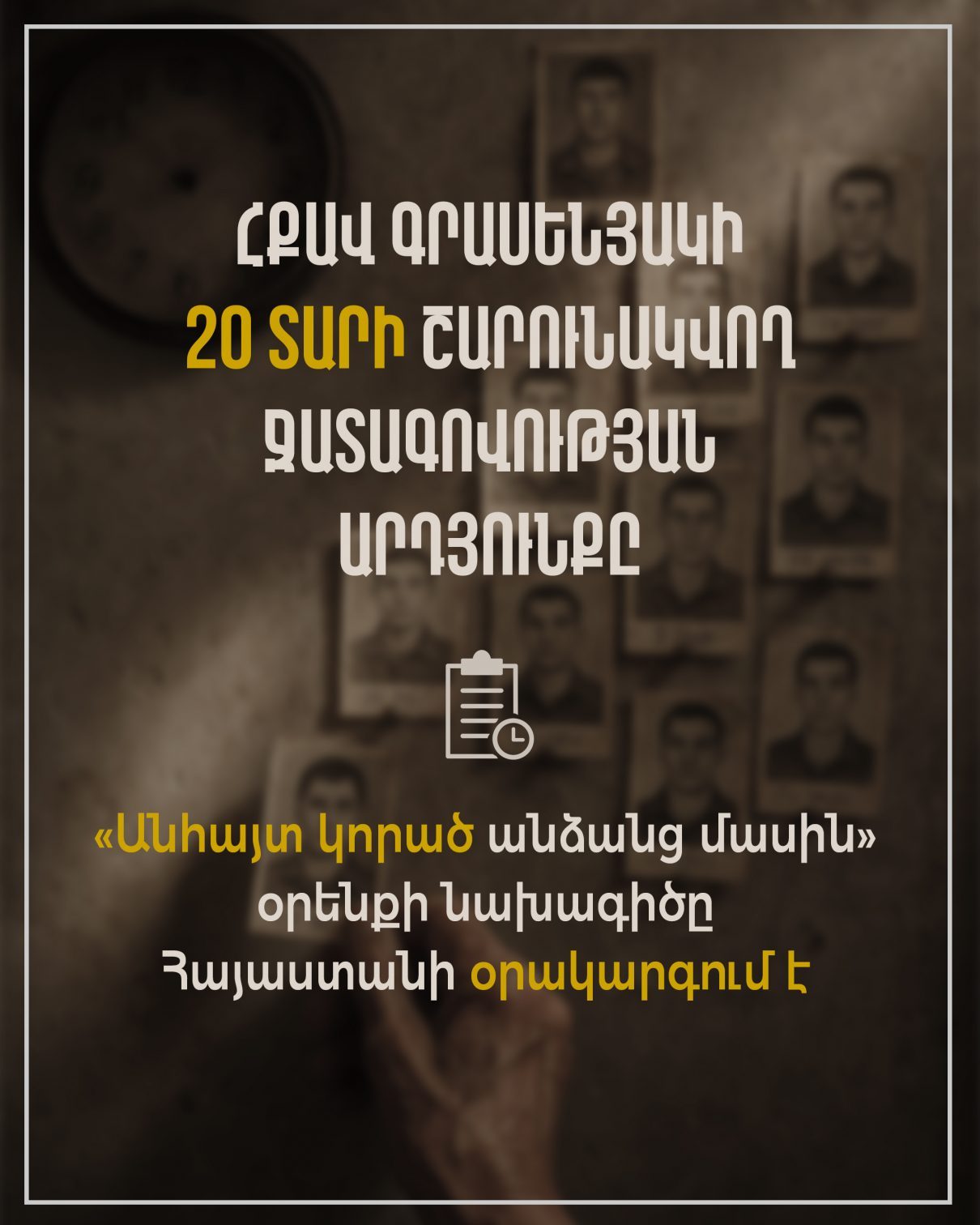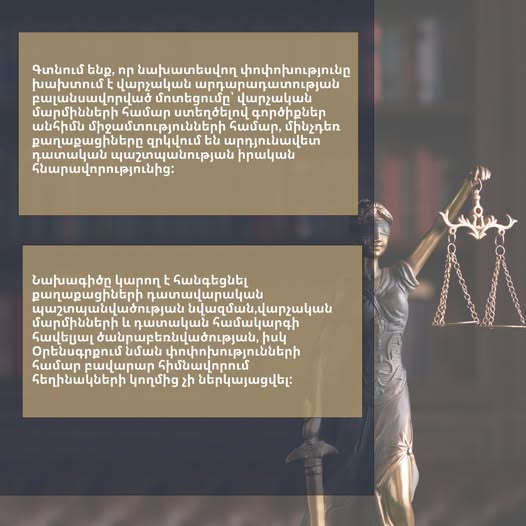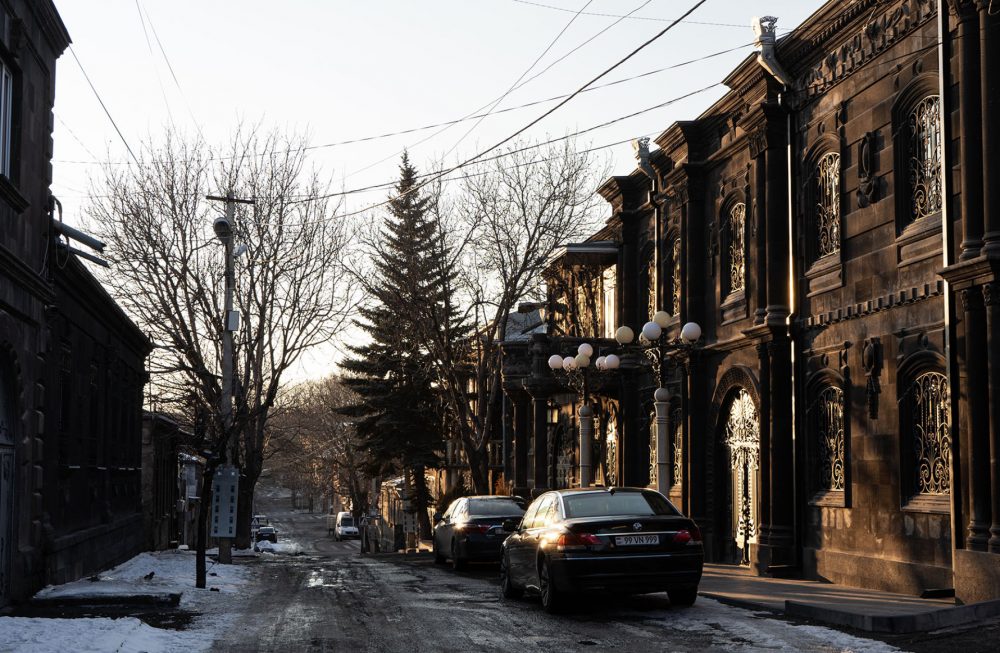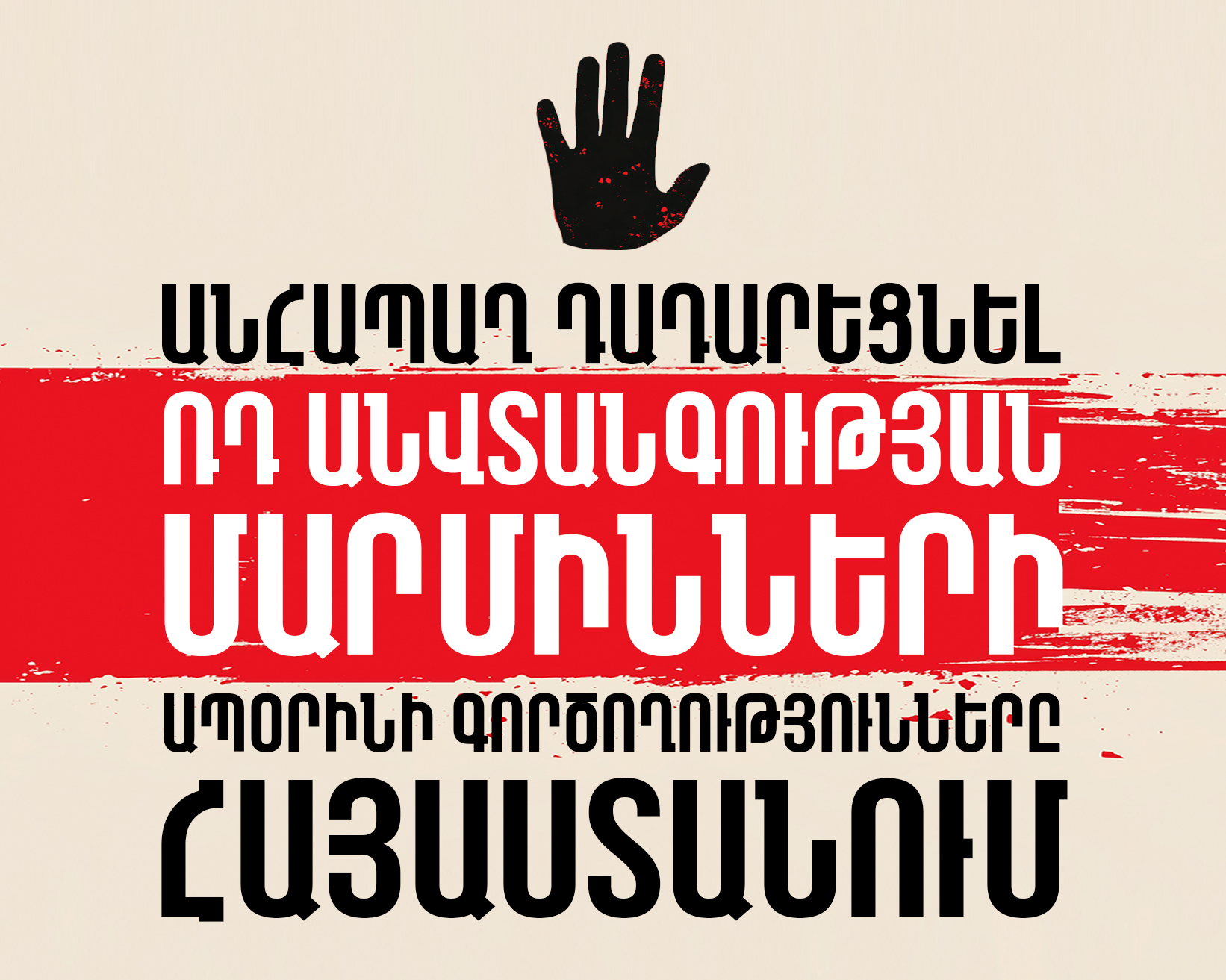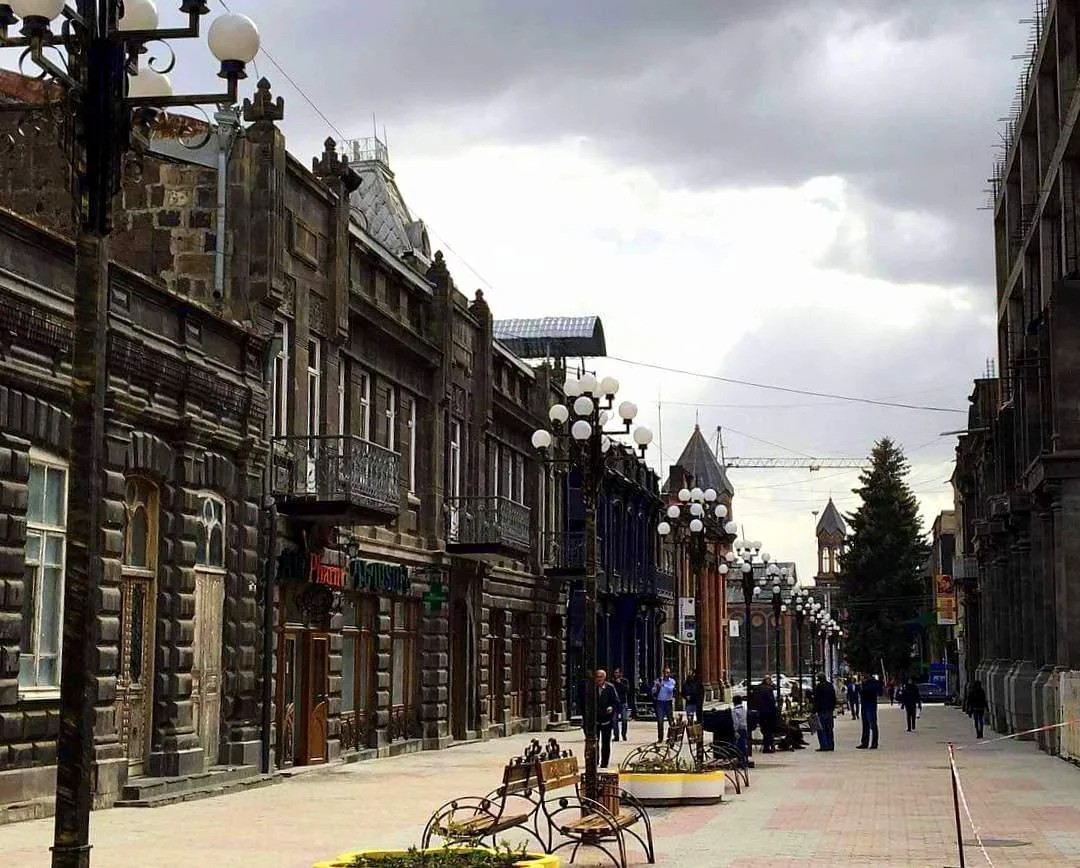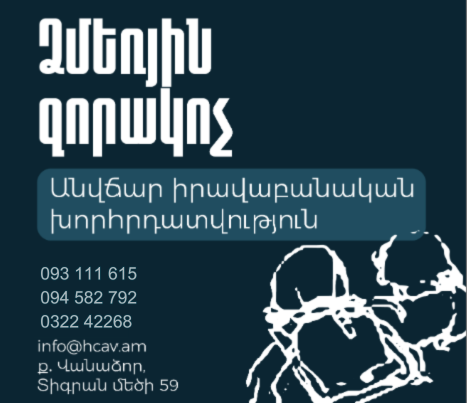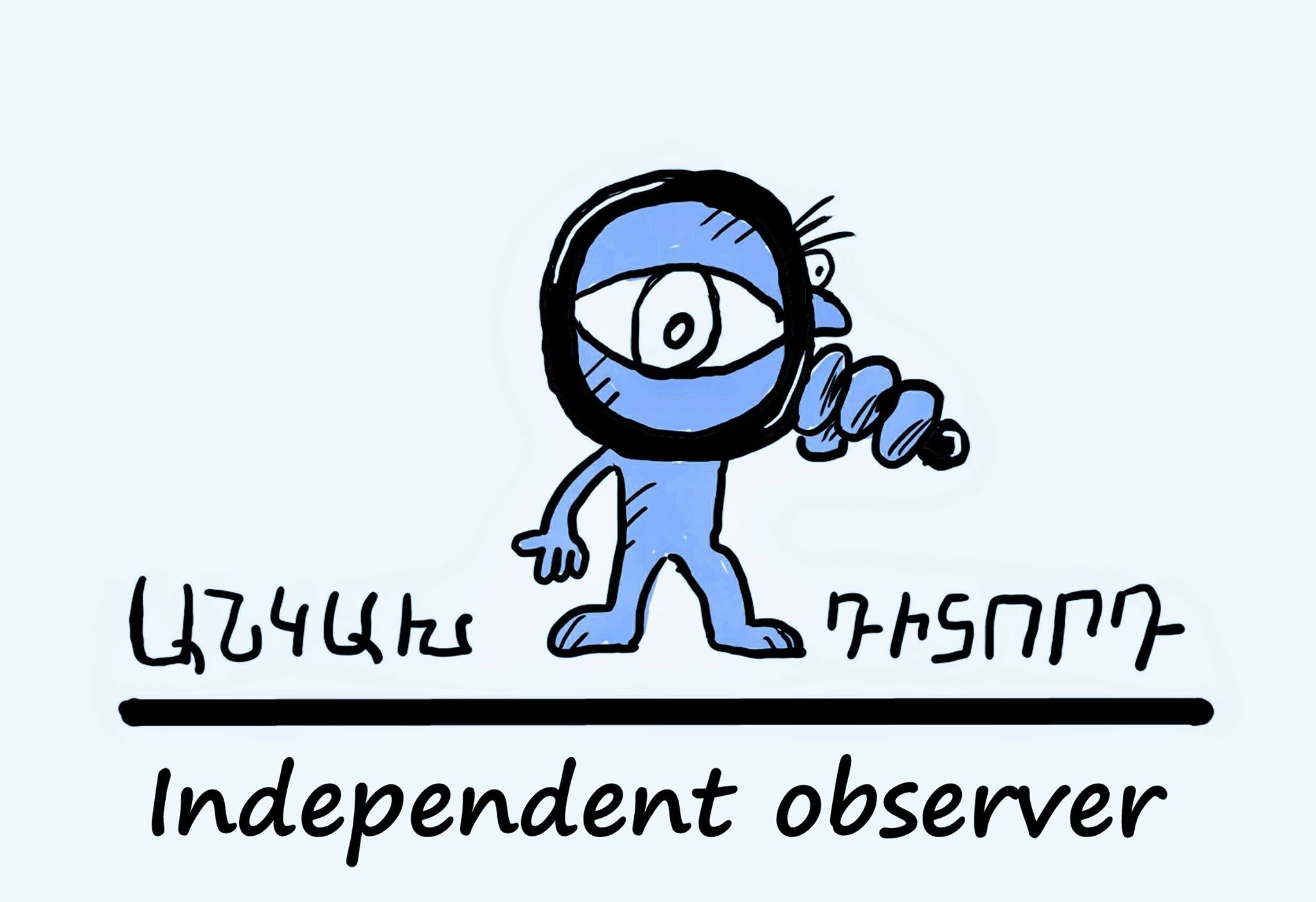




The Appeal Court made two contradictory decisions on the same facts in two different cases
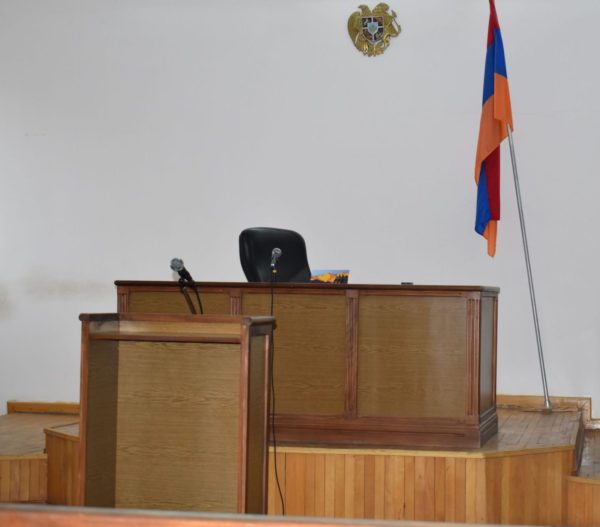
Activities | Legal Support | Legal Support | Rights | Right to Freedom from Torture | Project։ Stability of HCA Vanadzor in the light of democracy and human rights challenges in the Republic of Armenia 2019 | Publications | News
In June and July 2019, The RA Court of Criminal Appeals made two contradictory decisions on M. Panosyan and M. Vardanyan subjected to violence by policemen on July 30, 2016. And this occurred when the factual circumstances were the same in both cases, they were both subjected to police illegalities in the same place, during the same time period and by the same policemen.
The policemen subjected Melikset Panosyan and Momik Vardanyan to violence during the incidents following “Sasna Tsrer” activities on July 30, 2016, on Sayat Nova street in Yerevan city. It should be noted that there was no protest demonstration going on in Sayat Nova street at that time. Moreover, neither M. Panosyan nor M. Vardanyan were participating in the demonstration at that moment.
First, a group of policemen approached Melikset Panosyan, demanded his documents and after his refusal took him to the police car using violence only based on the fact that when the policemen asked where he lived, he answered that he lived on Khorenatsi street, implying the hostel located on Khorenatsi street where he had rented a room to stay overnight. Then they transferred him to the police department and continued using violence there. Momik Vardanyan was subjected to violence by the policemen when they were taking him to the police car and in the car after the latter tried to fix the license plate number of the car that was transferring M. Panosyan. The policemen released them only after being ordered by a superior. M. Panosyan and M. Vardanyan simply participated in the same cultural event at the end of which they met the policemen.
Both Momik Vardanyan and Melikset Panosyan were recognized as the injured in the criminal case initiated. Melikset Panosyan’s interests are represented by Artur Sakunts, HCA Vanadzor Chairman, Momik Vardanyan’s interests are represented by Ani Chatinyan, HCA Vanadzor lawyer.
Two years later, on September 18, 2018, G. Begoyan, Senior Investigator of PIC adjunct to Head of the Special Investigation Service, suspended the criminal case reasoning that the person to be involved as the accused was not known.
In both cases, the victims’ representatives appealed the decisions on suspending the criminal cases to the supervising prosecutor and received a refusal in both cases. The appeals were also refused by Yerevan city General Jurisdiction Court.
On April 9, 2019, Ani Chatinyan, Momik Vardanyan’s representative, and on June 18, 2019, Artur Sakunts, Melikset Panosyan’s representative, submitted appellate complaints.
The grounds of both of the complaints were the same: effective investigation had not been conducted as guaranteed by the RA Criminal Procedure Code, the victims’ rights to be free from torture, enshrined in the RA Consitution and the European Convention of Human Rights, had been violated.
Though the victims were subjected to violence and degrading treatment by the policemen, the criminal cases were initiated not on the grounds of torture, but on the grounds of beating and other violent acts, and in case of M. Panosyan, also on the grounds of hindering journalistic activity. This occurred under the condition that at least in Momik Vardanyan’s case, a forensic psychological expertise was appointed by the injured party’s petition and it was recorded that after the incidents, Momik Vardanyan underwent a brief disturbance of the neurotic level of “Neurotic reaction” mental activity. However, neither the body conducting the proceedings, nor the Court took that condition into account.
In both cases, the victims stated that they could recognize the policemen who had subjected them to violence, they also had video and audio recordings and photos. But the body conducting the proceedings did not pay proper attention to those facts, did not take all the possible measures that would allow for a discovery of the culprits.
Also, the body conducting the proceedings did not take immediate measures to discover the reasons of their body injuries. By the way, it is noteworthy that the police officers interrogated in the frame of M. Panosyan’s case mentioned in their testimonies that they did not exclude that M. Panosyan could have been subjected to violence, but they stated that they had not seen injuries on his body.
By the decision on M. Panosyan dated July 10, 2019, the Appeal Court, presided by V. Rshtuni, upheld the complaint and obliged the body conducting the proceedings to eliminate the violations of the victim’s rights.
The Court recorded that in that condition it was not unrealistic to find out the policemen who had used violence, since the victim had expressed his willingness to recognize them. Besides, certain policemen were on duty at that place and at that time in compliance with the order and timetable.
The Appeal Court also stated that although the criminal case was not initiated on the ground of torture, it was attached to the criminal case initiated under Article 309 § 2. The Court also recorded that it would be possible to assess the policemen’s action only after they were discovered.
Nevertheless, on June 19, 2019, the RA Court of Criminal Appeal, presided by L. Abgaryan, decided to refuse the appeal of Momik Vardanyan’s case with the same facts.
In M. Panosyan’s case the Court recorded that the body conducting the proceedings had not taken measures to find out the policemen who had used violence, given the fact that there had been realistic possibilities. However, in case of M. Vardanyan, in the very same situation, L. Abgaryan refers to the claims made by the body conducting the proceedings that during the preliminary investigation of the criminal case it had not been possible to find out the identity of the policemen who had apprehended M. Vardanyan. And based on that, the judge did not consider the complainant’s claims that no measures had been taken in that direction. L. Abgaryan considered the investigation complex, full and objective.
Nevertheless, the judge also found it necessary to notice that the discontinuation of the case is not the end of the proceedings and the body of the preliminary investigation was not deprived of the opportunity to take the necessary judicial actions in order to eliminate the ground of the discontinuation of the case.



